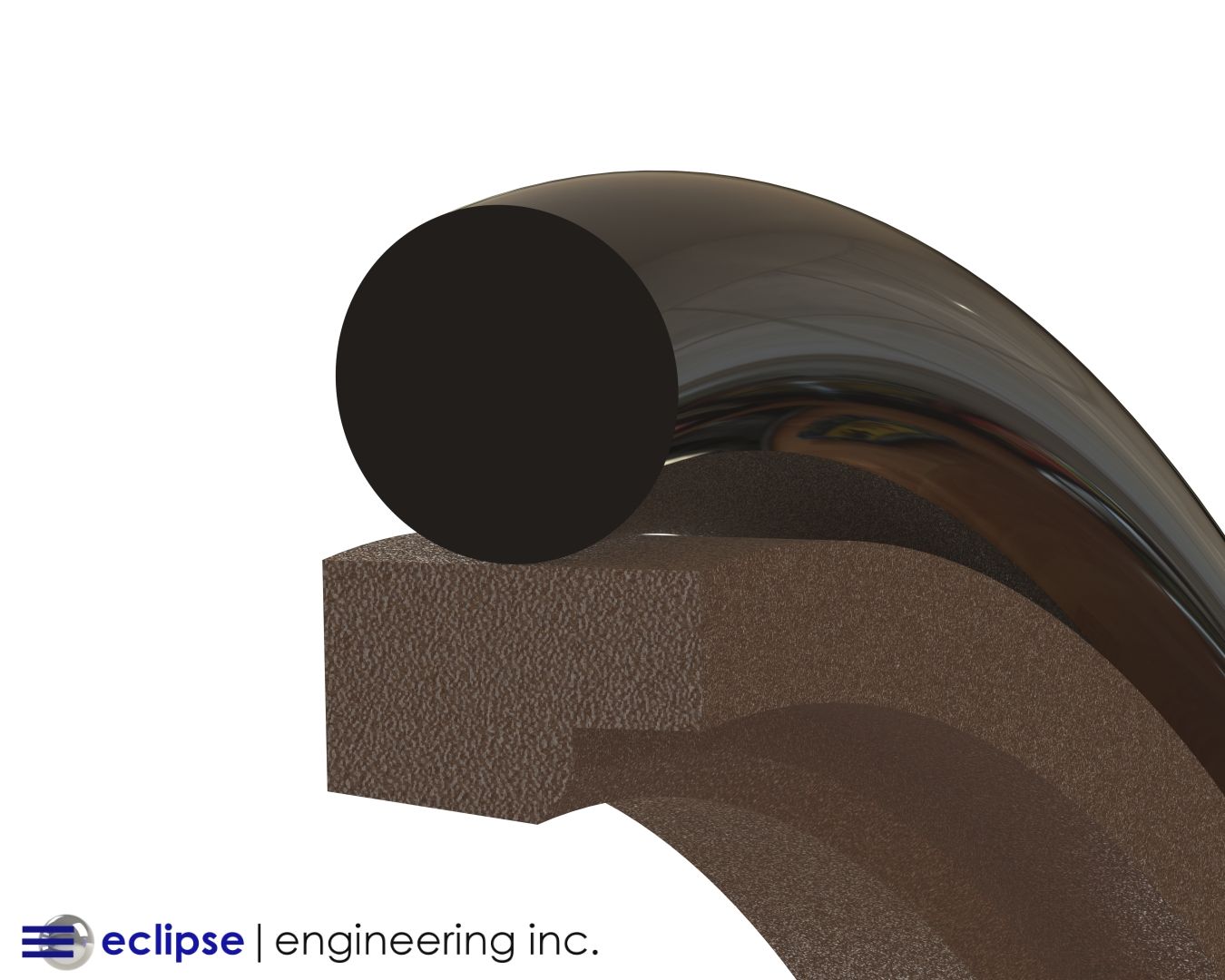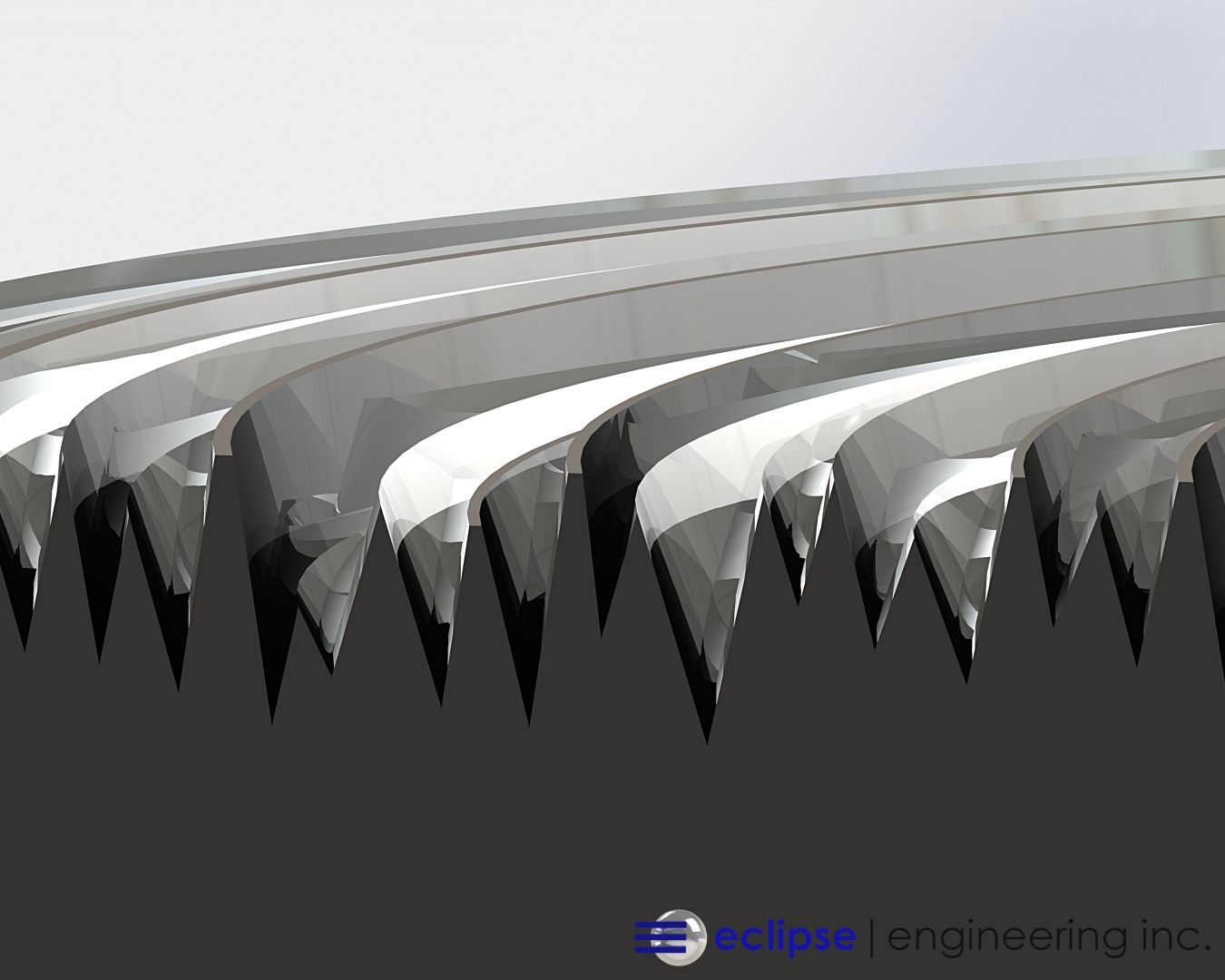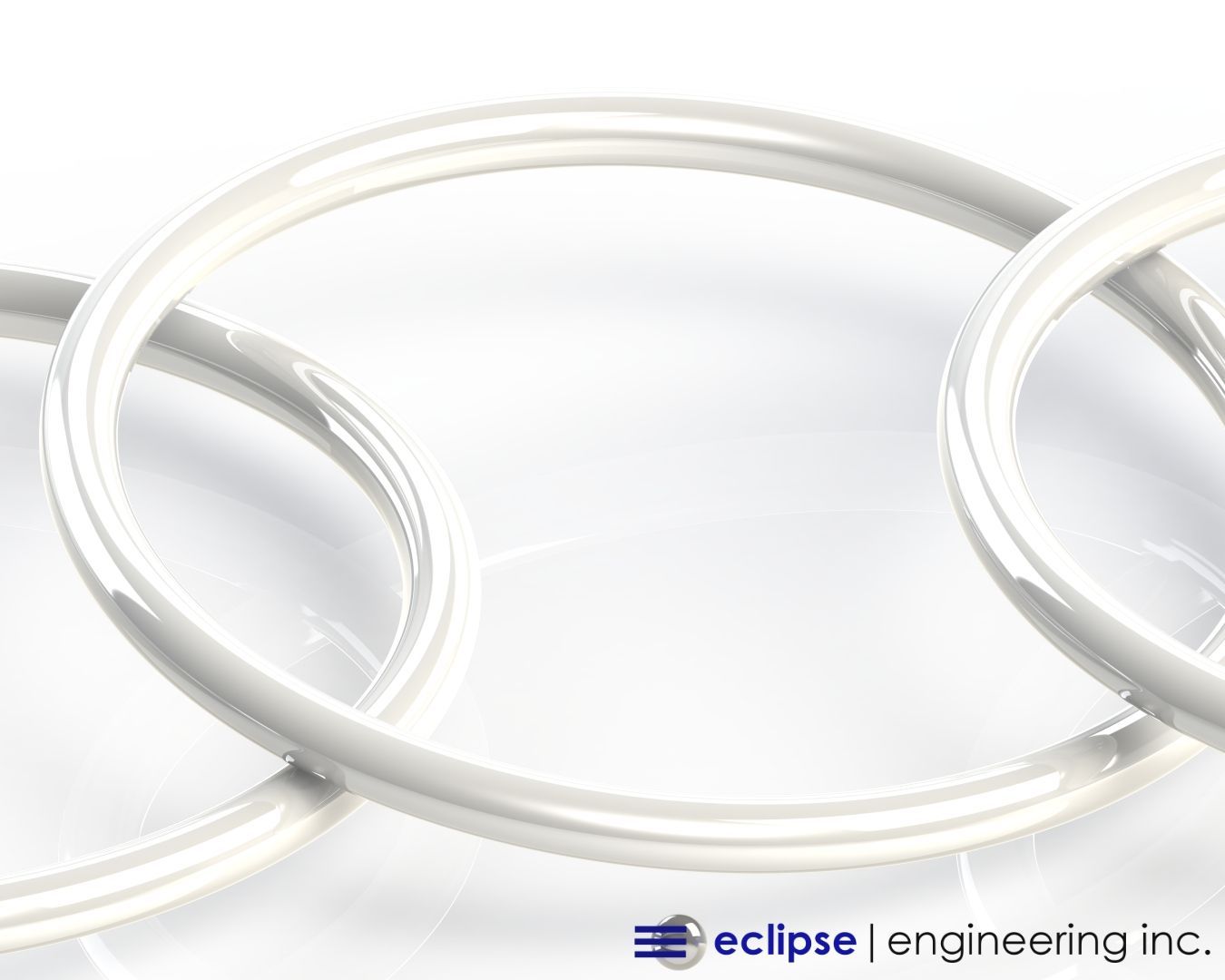Eclipse Announces MicroLip™ Prototype Program

While we have had some manufacturing downtime during the COVID-19 pandemic, we’ve been working on finding solutions to issues that our customers have brought to the table over the past few years.
We’ve sent many new designs into testing, and have been focusing on processes that will help improve productivity and lower costs.
The MicroLip
 is an example of a viable solution to rotary seal issues that our customers have struggled with. This is especially true when the order volumes are relatively low or the shaft diameters are small, such as with encoders or chemical-processing facilities.
is an example of a viable solution to rotary seal issues that our customers have struggled with. This is especially true when the order volumes are relatively low or the shaft diameters are small, such as with encoders or chemical-processing facilities.
The Eclipse MicroLip Prototype Program
Prototype Program
When moving from rubber to Teflon lip seals , we found that the cost to bring the product to market is often a hindrance. The high cost is due to tooling, and the number of pieces that must be manufactured to make the product viable in the prototype phase.
Because of this, many of our customers limp along using inappropriately-applied rubber lip seals to solve rotary seal problems.
MicroLip seals
have proven to be a powerful component in rotary services. Since the MicroLip’s inception, it has been applied to a variety of applications including mobile hydraulics, robotics, surgical drills, and semiconductor
processing and encoders.
seals
have proven to be a powerful component in rotary services. Since the MicroLip’s inception, it has been applied to a variety of applications including mobile hydraulics, robotics, surgical drills, and semiconductor
processing and encoders.
Over the last 3 years, Eclipse
has designed and manufactured various styles of MicroLips in diameter sizes of under 1/8 inch (5mm) and over an inch. Since the components of the MicroLip can be machined, we’ve made the seal in quantities of less than 10, and batches in the thousands.
can be machined, we’ve made the seal in quantities of less than 10, and batches in the thousands.
Eclipse Engineering is making a series of components from 1/8-inch shaft up to 1-inch shaft in fractional increments. The series will include the inside spacer, so we’ll only need to machine a Teflon lip to shape, assemble, and add a spring if necessary.
The concept of our MicroLip Prototype Program is the brainchild of Doug Montgomery and Chris Gruner, Eclipse Engineering’s design and development team. This concept will help our customers make quicker decisions at a reduced cost, with less time to prototype and bring your product to market.
Prototype Program is the brainchild of Doug Montgomery and Chris Gruner, Eclipse Engineering’s design and development team. This concept will help our customers make quicker decisions at a reduced cost, with less time to prototype and bring your product to market.
If the concept is successful, we can leave the design as is, and produce to your specifications (or consider refining the design to fit all your design criteria).
This approach will allow us to rapidly prototype the MicroLip into your application, without the major cost and time needed to validate a Teflon lip for our customers’ application.
into your application, without the major cost and time needed to validate a Teflon lip for our customers’ application.
The Benefits of the MicroLip
The MicroLip typically uses a precision-machined case with retaining ring, and a precision-machined Polymer lip. The seal also incorporates the ability to spring load the lip to better handle any eccentric movement of the shaft.
typically uses a precision-machined case with retaining ring, and a precision-machined Polymer lip. The seal also incorporates the ability to spring load the lip to better handle any eccentric movement of the shaft.
Typical spring loads include garter, canted coil, and elastomer (such as an O-ring ). This proven design has operated at pressures in excess of 200 PSI, and speeds in excess of 3000 RPM.
Rubber lip seals are very successful when the pressures are 10 psi and lower, often performing best at zero to just a couple of PSI. And in the right configuration, Teflon-style lip seals are capable of pressures of up to over 500 PSI and very high rotational speeds (while ensuring the speed doesn’t exceed the PV limits of the material).
Standard lip seals or rubber lip seals are traditionally not capable of being manufactured at diameters down to .125 inch or lower. But the MicroLip is capable of very small diameters.
is capable of very small diameters.
Having the ability to custom manufacture a lip with a specified spring load allows the customer to control the loading on the lip and still handle eccentricities due to shaft mis-alignment. The key to making this in small volumes allows a viable, cost-effective solution.
The flexibility of varying seal materials and spring loads allows our customers to seal on a variety of shaft materials and, depending on eccentricity, what kind of spring load will be needed to continue to seal.
We’re pleased to offer this stocking solution to our customers. Our goal is to dramatically shorten lead times with attractive prototype pricing, allowing these products to be evaluated by our customers.





